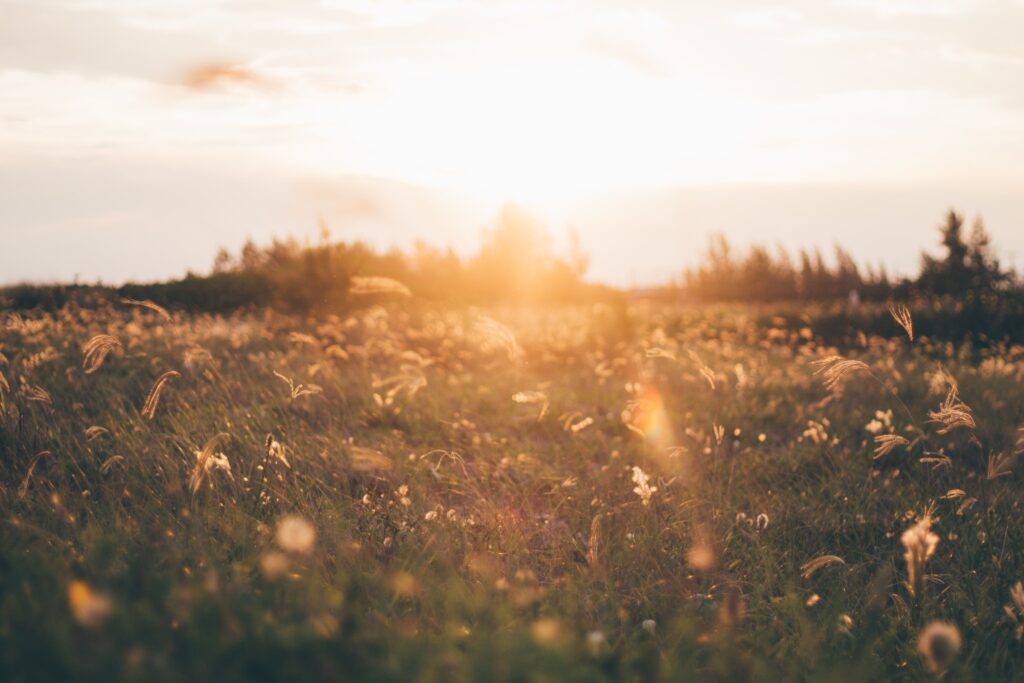
Regenerative Agriculture
Regenerative agriculture puts soil health at the very forefront of everything we do. Healthy soils create nutrition in plants & animals, provide a home to nitrogen & carbon fixing soil bacteria & fungi, and help to retain water. The water retention properties of healthy soil help farm ecosystems be resilient in the face of drought conditions like the long hot summer of 2022, as well as preventing flooding & river pollution in downstream areas.
For further reading on Regenerative agriculture, Ben Taylor-Davies hosts a fantastic reading list on his Regen-Ben website. Perhaps start with Gabe Brown’s “Dirt to Soil”.
Ben’s Website reading list: https://www.regenben.com/regen-ag-library/
Mob Grazing
Mob Grazing is often part of a Regenerative approach with livestock. The Sheep & goats graze together, and are regularly moved to ensure they’re always on fresh pasture. This reduces disease & parasite risks, without using chemical treatments. Grazing in this way also more closely mimics the way wild animals graze – constantly grazing, slowly moving forwards. This practice of mob grazing with moves every 1, 2 or 3 days also lengthens the recovery time of the pasture between grazing.
Agroecological
Agroecological is another term which is often heard in the same spaces as Regenerative and Sustainable. The principles of agroecology encompass most of the same ideas of Regen Agri and Sustainable food production, but whilst also adding in a desire for smaller supply chains, local food chains, sustainable rural economies, and land justice – e.g. access to land by those who didn’t inherit it (new entrant farmers, tenants, allotments, market gardens, etc).
Sustainability
This is perhaps the most simple concept of them all, but also the most vague in it’s implementation. We believe that food production has to be financially and environmentally sustainable. This means finding ways of producing food which can be practiced for ever, whilst always doing no lasting harm to the environment and also providing a fair income. The term “lasting harm” is not the fudge it might appear to be – it’s simply there to illustrate that, for example, when we take a crop of hay from a field we are obviously disrupting a local ecosystem, but the effect is very short term, and is of no lasting consequence to that ecosystem.
